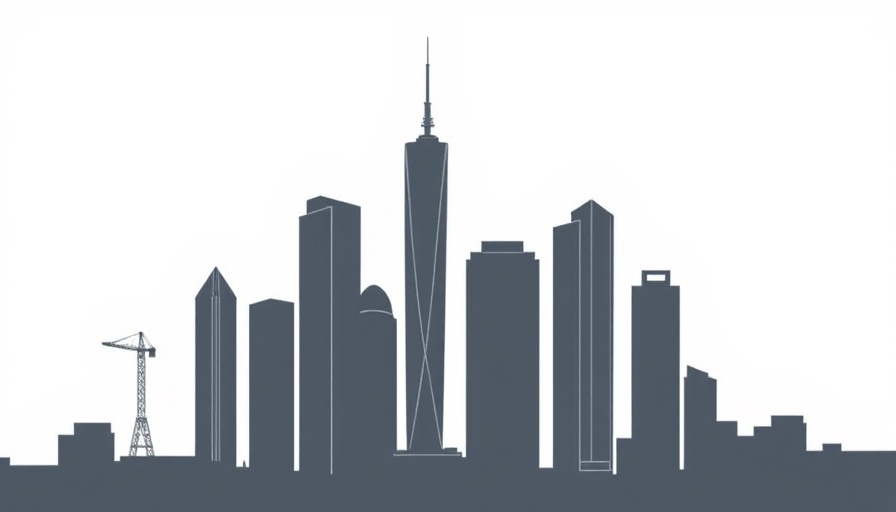
Building Safety Bottleneck: Why Over 800 High-Rise Residential Projects Are Stalled
The construction industry is facing an unprecedented bottleneck as over 800 high-rise residential projects in the UK are currently stalled due to delays from the Building Safety Regulator (BSR). These delays threaten the government’s ambitions for housing delivery and growth, leaving developers and communities in a state of uncertainty.
The Core of the Issue: Design Approval Delays
According to recent data released through a Freedom of Information request, more than 90 new build projects are caught in a vortex of waiting for Gateway 2 design approvals. Compounding the issue, only a mere 11 projects have successfully navigated the approval process, with even fewer passing through the robust scrutiny imposed by the current standards.
The Ripple Effect on Existing Structures
Not only are new projects impacted, but the delays are also stalling retrofit works on more than 600 High-Risk Buildings (HRBs)—those over seven storeys or 18 meters tall. This stagnation not only hinders progress on essential housing developments but also exacerbates the risks associated with maintaining existing high-rise structures.
Challenges Faced by Developers
Developers express frustration over the vague and often contradictory requirements for submissions to the BSR. One developer lamented a wait of 40 weeks for approvals that were expected to take only 12. Moreover, confusion over design standards, where it remains unclear what constitutes sufficient detail for Gateway 2 applications, leads to wasted time and resources.
As the regulatory environment becomes increasingly complex, some developers contemplate lowering building heights as a workaround to bypass the burdensome regulatory framework. This retreat from high-rise construction could gravely undermine the very goal of increasing housing stock in urban areas, particularly in locations where taller structures are essential to meet demand.
The Call for Change: An Industry in Flux
The delays have not gone unnoticed by industry advocacy groups. The Fire Industry Association has voiced concerns over the BSR’s processes, deeming them overly complicated and inefficient. They urge an immediate review to streamline procedures and offer clearer guidance to developers. This is essential for alleviating the frustrations felt by construction teams and ensuring that projects can proceed without unnecessary hindrance.
A Vision for the Future: Streamlined Approvals
Looking forward, the need for a more pragmatic approach to design approval is pressing. The suggestion of a phased process for design submissions could empower developers to invest in detailed designs earlier in the process, fostering confidence and reducing the current sense of unpredictability. Simplifying this maze of regulations will not only enhance the efficiency of the construction industry but also ensure that the goal of building new homes can become a reality.
The current situation necessitates a collaborative effort from all stakeholders to address these pausing factors. The need for new housing is critical, not just for urban landscapes but also for economic stability in the region. Creating an environment where construction can thrive—free from unnecessary barriers—is essential for meeting the demand for housing that our communities so desperately need.
 Add Row
Add Row  Add
Add 




Write A Comment